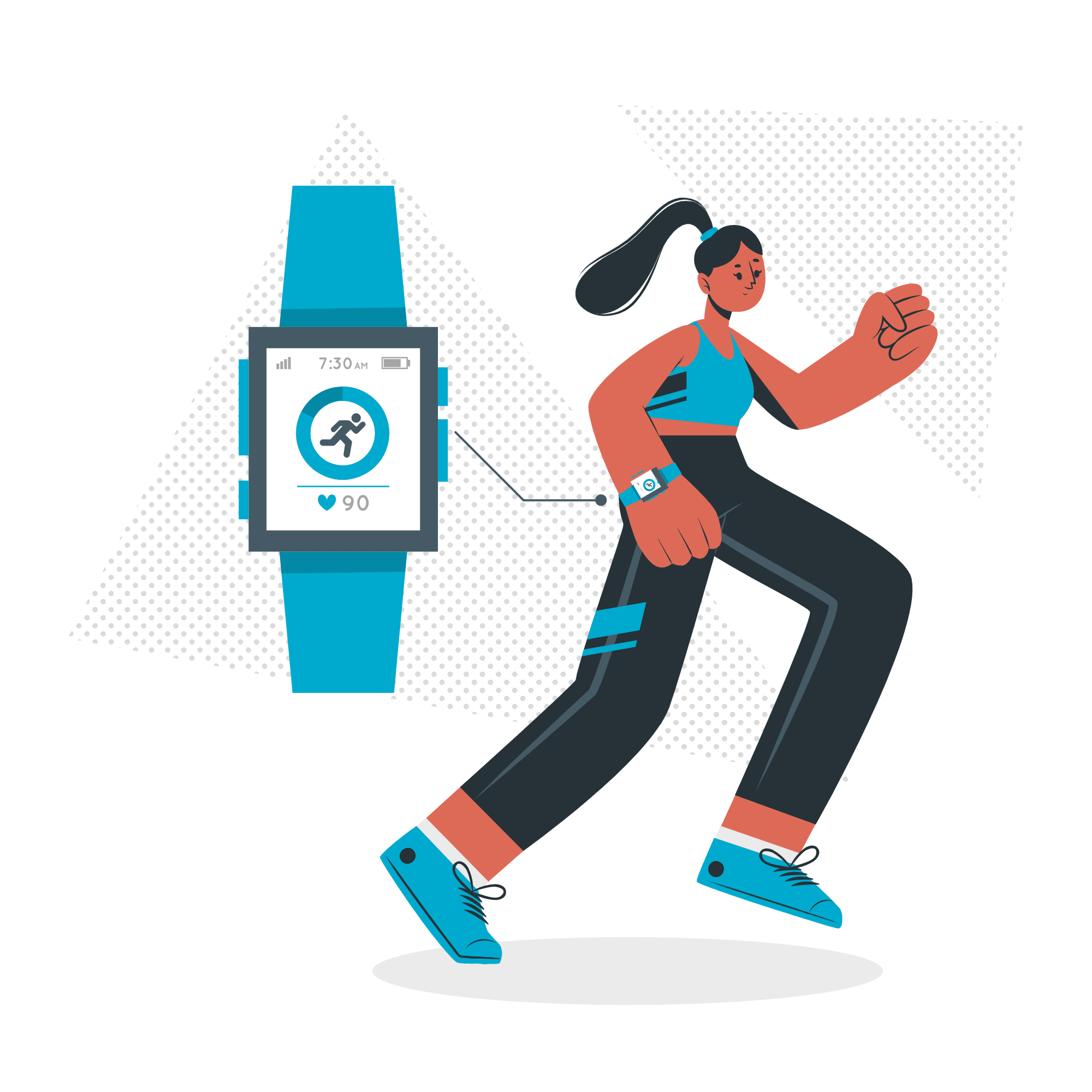Action-based learning
Introduction
Learning is the process that helps us to develop and grow. Throughout our lives, we learn concepts that can be used at school, at work and in our daily lives. But with the development of the societies which we live in, learning has become a crucial issue: rather than learning quickly, we now need to learn better, and rather than learning knowledge, we now need to acquire skills, which means developing the ability to put theoretical knowledge into practice.
Learning by doing
When we want to learn a new skill, we naturally turn to learning materials, courses, presentations or videos, which we try to follow rigorously to the end. However, this sometimes leads to a superficial understanding of key concepts, creating an ‘illusion of knowledge’. This means that you think you know the material because you have been exposed to it several times. In reality, you have not done a thorough analysis of what you have just learned. The perfect example is when you learn a new language: even if you memorize all the grammar and conjugation rules, you may not be able to have a simple dialogue, hence the importance of combining passive learning with practice.
In active learning, or action-based learning, the learner is a real actor in the interactions made with the learning materials. The degree of activity may differ from one medium to another, but many studies have shown that encouraging learning by doing (alternating the acquisition of knowledge and the application of know-how) allows for better development of skills.
Passive learning deepens knowledge, while active learning (by doing) develops skills.

Difference with project-based learning and action-based learning
The needs to apply the acquired knowledge has been proven, the question is: how can this be implemented in a learning path? One solution is project-based learning, usually implemented at the end of the course, to ensure that the learner is able to put into practice the concepts covered in the learning path.
The problem with project-based learning is that it comes at the end of the learning process, so gaps in knowledge and skills build up and the learner can only see this at the application stage, which is the final stage.
In the case of action-based learning, this “final project” is broken down into several actions These actions are an application of knowledge, they are tangible, well defined and achievable. This allows for a dynamic pace in the learning process (alternating knowledge acquisition and practical application). The learning path is broken down into achievable objectives, which improves the learner’s satisfaction and engagement, but also guarantees a better monitoring of the learning process.
Procedural memory: spaced repetition and skills reinforcement
As with acquired knowledge, it is necessary to reinforce the practice of acquired skills to guarantee their use in the long term. In spaced repetition approaches, reminders can be used for reinforcing both knowledge and skills, but the type of memory that comes into play is different. For knowledge, it is the declarative (long-term) memory that “stores” the information and is stimulated at each reminder. For skills, the repetition of an action enhances the procedural (long-term) memory, the same memory that helps us in the tasks of our daily lives.
By ensuring the transition from action to procedural memory, the learner is freed from a load in their working memory (short memory) to process and reflect on other issues.
Conclusion
In conclusion, to acquire a skill we need to alternate knowledge acquisition and practice. This must be repeated several times to consolidate the knowledge in the long-term memory and the skills in the procedural memory.
Action-based learning is a real challenge for us at Domoscio: in the new version of Domoscio Lock product, you can reinforce knowledge through question-based reminders and skills through action-based reminders.
Sources
- Clear, J. (2020, 4 février). Passive Learning vs. Active Practicing : Why You Should Stop Thinking and Start Doing. James Clear. https://jamesclear.com/learning-vs-practicing
- Meyers, C., & Jones, T. B. (1993). Promoting Active Learning : Strategies for the College Classroom (1st éd.). Jossey-Bass.
- Michael, J. (2006). Where’s the evidence that active learning works ? Advances in Physiology Education, 30(4), 159‑167. https://doi.org/10.1152/advan.00053.2006
- Prince, M. (2004). Does Active Learning Work ? A Review of the Research. Journal of Engineering Education, 93(3), 223‑231. https://doi.org/10.1002/j.2168-9830.2004.tb00809.x
- Sterescu, D. (2022, 25 mai). Active and Passive Learning Models : What’s the difference? SPARK. https://spark.school/academics/active-learning-vs-passive-learning
- Kokotsaki, D., Menzies, V., & Wiggins, A. (2016). Project-based learning : A review of the literature. Improving Schools, 19(3), 267‑277. https://doi.org/10.1177/1365480216659733
- Beck, J. E., & Mostow, J. (2018). How Who Should Practice : Using Learning Decomposition to Evaluate the Efficacy of Different Types of Practice for Different Types of Students. Intelligent Tutoring Systems, 353‑362. https://doi.org/10.1007/978-3-540-69132-7_39
- Zhang, J., & West, R. E. (2019). Designing Microlearning Instruction for ProfessionalDevelopment Through a Competency Based Approach. TechTrends, 64(2), 310‑318. https://doi.org/10.1007/s11528-019-00449-4
- Fiche : Mémoire procédurale et automatismes (2022, 17 janvier). Sciences cognitives. https://sciences-cognitives.fr/wp-content/uploads/2020/10/AFSC-Fiches-Theoriques-Memoire-procedurale-et-automatismes.pdf
Latest news
Our latest articles about the topics: learning, science and Domoscio's news.